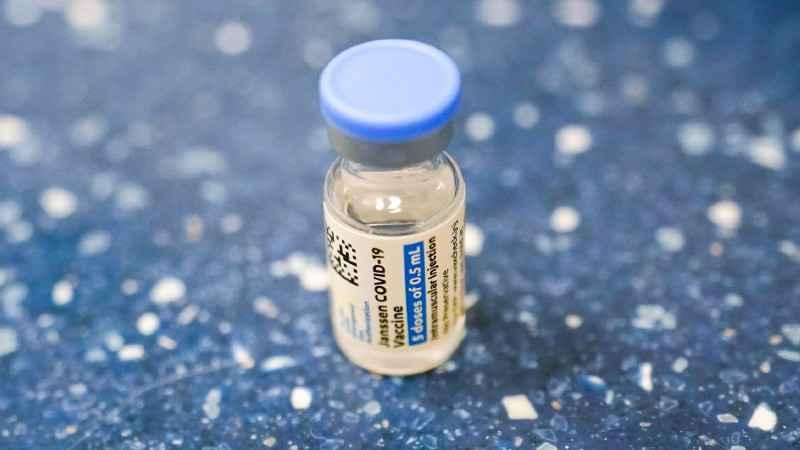J&J vaccine output to drop 85%, White House says issues tied to Baltimore facility
The U.S. will experience an 85% drop in availability in vaccines by Johnson & Johnson next week compared with this week, and is unlikely to see a steady output from the vaccine maker until the company resolves production issues at a facility in Baltimore, Maryland, according to federal officials and data.
Jeff Zients, the White House coronavirus coordinator, told reporters on Friday that the company is still working to address the issues Emergent Biosolutions, which isn’t certified yet by the U.S. Food and Drug Administration.
But following FDA authorization, Zients said the hope is that the facility will enable to stabilize output to about 8 million doses per week.
Minnesota Lt. Gov. Peggy Flanagan told reporters at an event promoting vaccinations that the state will get a smaller shipment of Johnson & Johnson vaccines next week.
"So we will be impacted by that here in Minnesota," she said. "We will have fewer doses of the Johnson & Johnson coming into the state, and I expect that in the coming weeks we will see again an increase in the amount of Johnson & Johnson."

A vial with the Johnson & Johnson's one-dose COVID-19 vaccine is seen at the Vaxmobile, at the Uniondale Hempstead Senior Center, Wednesday, March 31, 2021, in Uniondale, N.Y. The Vaxmobile, is a COVID-19 mobile vaccination unit, sponsored by a partnership between Mount Sinai South Nassau and Town of Hempstead to bring the one-dose vaccine directly to hard-hit communities in the area.[AP Photo/Mary Altaffer]
The Minnesota Department of Health said late Friday afternoon it expects a shipment of just 9,600 Johnson & Johnson doses next week, compared to 80,800 the state received this week.
"We’ll continue to monitor the allocations and stay in close contact with the federal government to make sure our vaccine progress continues," MDH spokesman Doug Schultz said in a statement to 5 EYEWITNESS NEWS. "We have no reason to believe and have received no reports that the reduced number of Johnson & Johnson doses next week will result in any appointments being postponed."
Schultz also says the state has not had any reports of unusual adverse side effects to the Johnson & Johnson vaccine as reported at some vaccine centers in North Carolina, Colorado, Georgia and Iowa.
Johnson & Johnson said it remains committed to its goal of delivering 100 million doses total by the end of May.
"We do expect week to week lower levels until the plant is approved by the FDA, and those conversations are between J&J and the FDA," Zients said Friday. "I do think that the company is doing everything they can."
J&J vaccine ‘paused’ after adverse reactions at Georgia site
The New York Times reported this month that contamination issues resulted in a loss of potentially 15 million Johnson & Johnson vaccine doses. But because the Emergent BioSolutions facility hadn’t been authorized, none of the materials were distributed. There is no connection between the production issues and reports of mild adverse reactions that temporarily halted some vaccine clinics this week.
"With FDA authorization, the company also expects a cadence of up to 8 million weekly doses in total across state and federal channels later in April," Zients said.
Zients said the federal government does not plan to change how it allocated vaccine does to favor parts of the country like Michigan that are experiencing surges in cases.
"We don’t know where the next increase in cases could occur," he said. "And you know that we push out all vaccine as soon as it’s available, and we’re not even halfway through our vaccination program. So now is not the time to change course on vaccine allocation."